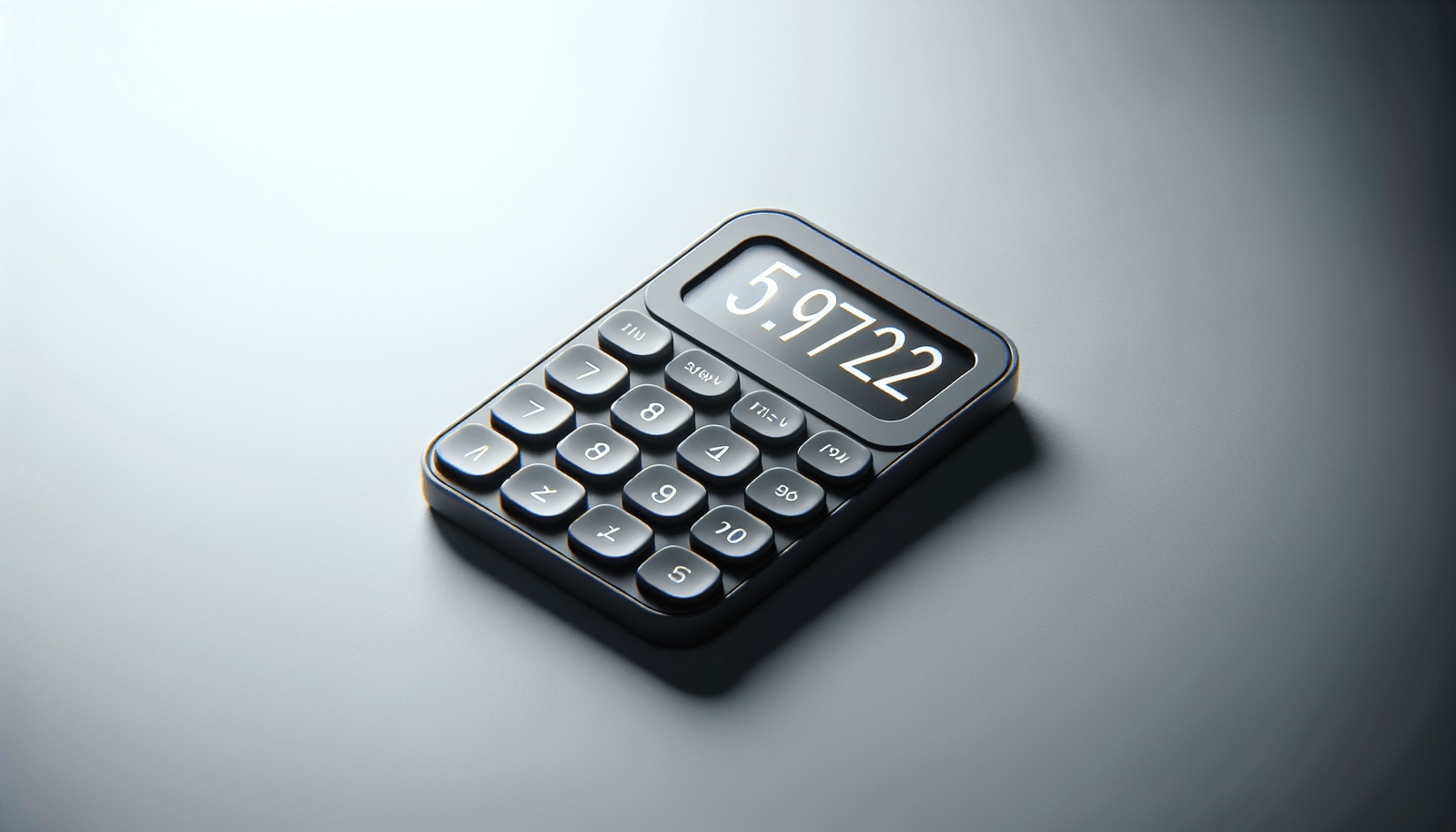Have you ever found yourself bogged down by the complexity of extremely large or significantly small numbers? Maybe you’ve struggled with calculations involving numbers like the mass of the Earth or the minuscule size of a virus particle? If so, you’re not alone, and that’s where the Standard Form Calculator comes in handy.
 Standard Form Calculator
Standard Form Calculator
What is a Standard Form Calculator?
A Standard Form Calculator is a mathematical tool designed to simplify complex numbers by converting them into what’s known as the standard form or scientific notation. This straightforward process makes it easier to work with and interpret numbers that are cumbersome in their usual formats. Whether you’re dealing with large astronomical figures or small molecular weights, this calculator streamlines calculations by expressing numbers in an elegant, manageable format. It handles positive and negative integers as well as decimals efficiently.
Understanding Standard Form
The standard form, sometimes referred to as scientific notation, is a method of writing numbers that accommodates both very large and very small quantities. Essentially, a number is expressed in the standard form by a decimal (greater than or equal to 1 and less than 10) multiplied by 10 raised to a certain power. For example, the number 5,972,200,000,000,000,000,000,000 can be neatly written in standard form as 5.9722 × 10²⁴.
Using this form simplifies the representation and computation of numbers, making complex mathematical operations more manageable. Physicists, engineers, and astronomers often use it to minimize error in calculations involving extreme values.
Standard Form vs. Scientific Notation
The terms “standard form” and “scientific notation” are often used interchangeably, yet they essentially describe the same mathematical concept. In the United States, “scientific notation” is the more commonly used term, whereas “standard form” is often the preferred terminology in the UK and countries influenced by UK conventions.
How to Use the Standard Form Calculator
Using a standard form calculator is user-friendly. To convert a number into standard form:
-
Enter the Number: Input your desired number into the calculator. It can be in the form of a positive or negative integer, decimal, or scientific notation.
-
Press Calculate: Hit the “Calculate” button to get your answer in standard form.
The calculator efficiently manages the conversion process, saving you time and preventing manual errors.
Conversion of Numbers to Standard Form
Converting Large Numbers
Take a large number, like 34,000,000. To convert it to standard form:
-
Identify the Significant Digit: Start with the first non-zero digit. Here, it’s 3.
-
Create a Decimal: Place a decimal point right after the first digit. Thus, you have 3.4.
-
Determine the Power of Ten: Count the digits following the first digit (3 in this case), which is 7. Therefore, 34,000,000 is expressed as 3.4 × 10⁷.
Converting Small Numbers
For a small number such as 0.00065:
-
Identify the First Non-Zero Digit: Here, it’s 6. Make it your first digit.
-
Complete the Decimal: Form the decimal number with all significant following digits, resulting in 6.5.
-
Calculate the Power of Ten: Count the zeros from the left to the first digit 6, which gives -4 (since they appear before the number). Thus, 0.00065 becomes 6.5 × 10⁻⁴.
Handling Zero in Standard Form
Zero is a unique number that remains 0 regardless of what it is multiplied by. Therefore, zero in standard form can be written infinitely as 0 × 10⁰, 0 × 10¹, etc. This flexibility showcases the adaptability of standard form even with conceptually simple numbers.
Real-Life Examples of Standard Form Usage
Standard form is prevalent in various areas of our daily lives. Here are a few practical applications:
-
Speed of Light: Estimated to be around 300,000,000 m/s, its standard form is 3 × 10⁸ m/s. This expression simplifies calculations in physics related to light speed.
-
Diameter of a Virus: The COVID-19 virus’s diameter roughly measures 0.0000001m. Using standard form, we represent it as 1 × 10⁻⁷ m. This helps virologists performing computations on microscopic scales.
These examples demonstrate how standard form simplifies large-scale or minuscule numbers across scientific disciplines.
Limitations of Input Values
While the standard form calculator is versatile, there are input constraints:
- No leading zeroes for numbers equal to or greater than 1.
- Inputs are acceptable in decimal, integer, e-notation, or scientific notation, but fractions are not supported.
- Commas in numbers for magnitude order are optional.
Related Calculators
Here is how standard form calculation links with some related mathematical calculators:
| Calculator Type | Description |
|---|---|
| Percentage Calculator | Understand percentages and calculate quickly. |
| Decimal to Fraction Calculator | Convert decimals into more precise fractions. |
| Scientific Notation Converter | For converting between forms and ensuring ease of conversion. |
| Fraction to Decimal Calculator | Simplifies fraction conversion into decimal form. |
| Fraction to Percent Calculator | Aids in converting fractions to their percentage counterparts. |
| Decimal to Percent Calculator | Converts decimals directly to percentages. |
| Percentile Calculator | Useful in statistics for determining distribution. |
| Percent to Fraction Calculator | For converting percentages back into fraction form. |
Each of these calculators adds additional dimensions to your mathematical toolkit, ensuring you can tackle a wide range of numerical challenges with confidence.
As you deepen your understanding of numbers with a standard form, keep in mind the practicality it offers in so many scientific, engineering, and everyday scenarios. Embrace this format for its efficiency and simplicity in the face of daunting numerical challenges, and take advantage of the computational power that the Standard Form Calculator provides.
